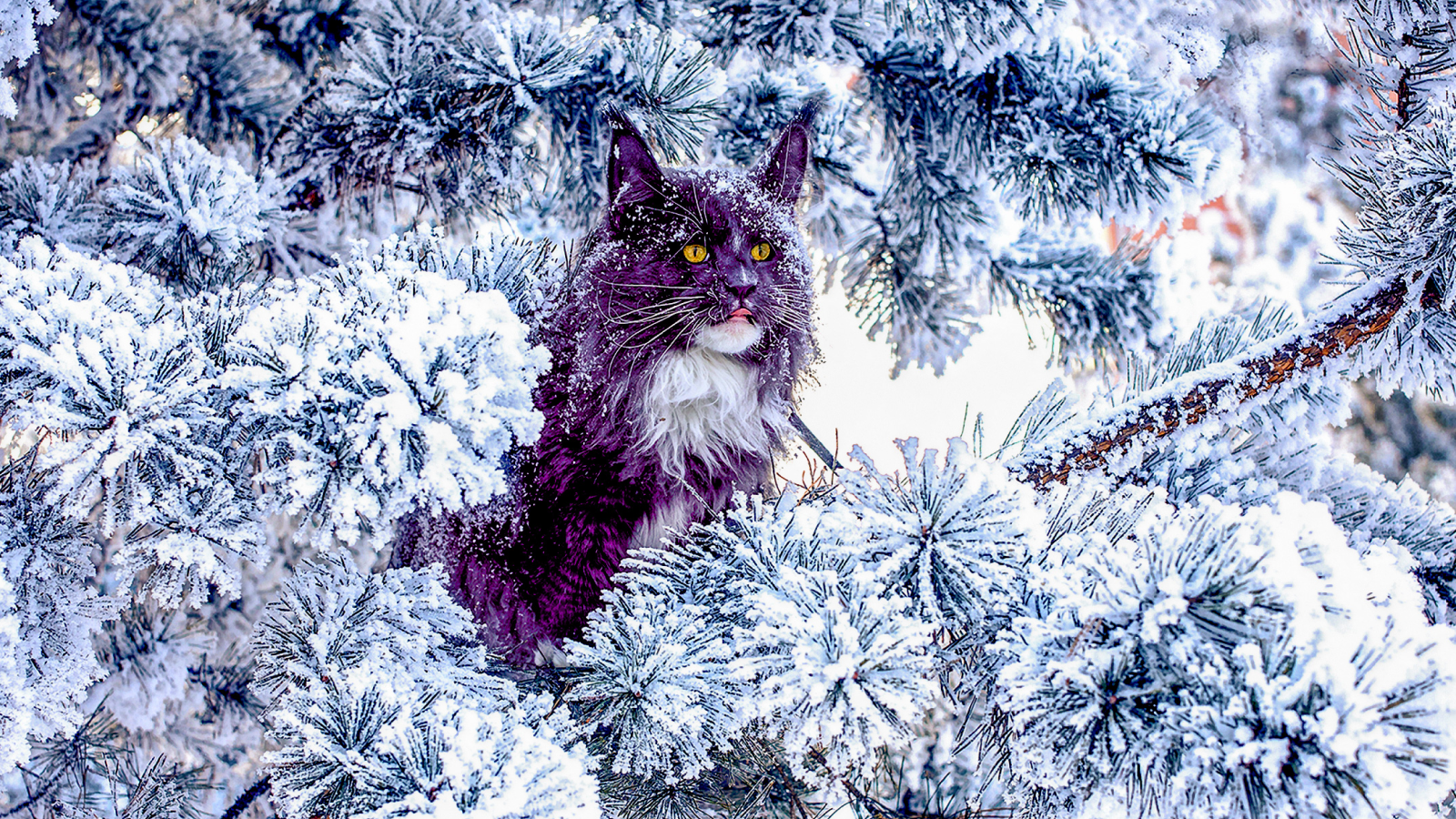Ancient Bronze Age city reemerges from Iraq river after extreme drought
The ancient city was part of the Mittani Empire.

When an extreme drought caused a 3,400-year-old city to reemerge from a reservoir on the Tigris River in northern Iraq, archaeologists raced to excavate it before the water returned.
The Bronze Age city, at an archaeological site called Kemune, is a relic of the Mittani Empire (also spelled Mitanni Empire), an ancient kingdom that ruled parts of northern Mesopotamia from around 1500 B.C. to 1350 B.C. Researchers have long known of the remains of the city, but they can only investigate them during droughts.
Archaeologists partly excavated Kemune in 2018 and discovered a lost palace with 22-foot-high (7 meters) walls and chambers decorated in painted murals, Live Science previously reported. This time, researchers mapped most of the city, including an industrial complex and a multistory storage facility that likely held goods from all over the region, according to a statement released by the University of Tübingen in Germany.
"The excavation results show that the site was an important center in the Mittani Empire," Hasan Qasim, an archaeologist who worked on the site and chairman of the Kurdistan Archaeology Organization, said in the statement.
Kemune is the only known urban center from the Mittani Empire located directly on the Tigris River, suggesting the city controlled crossings at this part of the waterway and may have also been an important connecting point for the empire, Ivana Puljiz, a junior professor of ancient Near Eastern archaeology at the University of Freiburg in Germany who also worked on the excavation, told Live Science in an email.
An earthquake likely destroyed much of the city in around 1350 B.C., but some of its ruins are preserved underneath collapsed walls. Humans flooded the site with water during the construction of the Mosul Dam in the 1980s — archaeologists knew about Kemune by then, but they hadn't investigated the site, according to Puljiz.
Get the world’s most fascinating discoveries delivered straight to your inbox.
Researchers rediscovered Kemune in 2010, but they weren't able to excavate until the reservoir's water level was low enough during a major drought in 2018. They had a second opportunity to analyze the city in 2022, because Iraq needed to use the reservoir's water to prevent crops from drying out and failing during another severe drought — Iraq is heavily impacted by climate change — so the water level was low enough again, according to the statement
Kurdish and German archaeologists put together a team within days of deciding to investigate Kemune and worked quickly at the site in January and February, unsure of when the water would return. Among the Mittani ruins, the team uncovered more than 100 clay tablets from the middle Assyrian period (from around 1365 B.C.).
After the Mittani Empire came to an end, the Assyrians built a new settlement at Kemune and their tablets may contain writings about this change of empires. "We do not yet know what is written in the texts," Puljiz said. "But we hope that they provide information about the beginning of Assyrian rule in the region."
Some of the archaeologists' trenches filled with water as the reservoir rose in February. They placed plastic sheets on the buildings and covered the sheets in gravel to protect the city from further deterioration. Kemune is now once again completely underwater and researchers don't know when they'll be able to return.
"It is completely unpredictable when the site will reappear," Puljiz said. "It could emerge as early as this summer or as late as a few years from now."
Originally published on Live Science.

Patrick Pester is the trending news writer at Live Science. His work has appeared on other science websites, such as BBC Science Focus and Scientific American. Patrick retrained as a journalist after spending his early career working in zoos and wildlife conservation. He was awarded the Master's Excellence Scholarship to study at Cardiff University where he completed a master's degree in international journalism. He also has a second master's degree in biodiversity, evolution and conservation in action from Middlesex University London. When he isn't writing news, Patrick investigates the sale of human remains.


